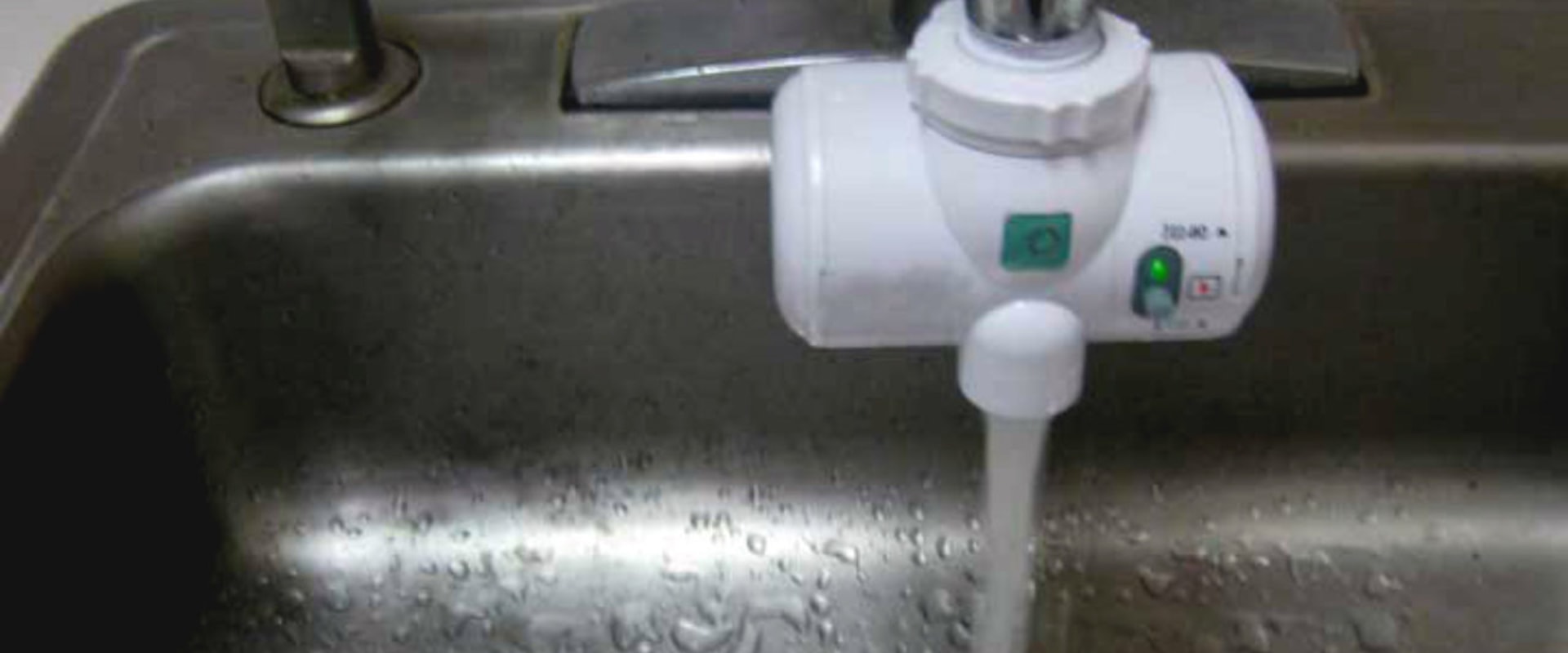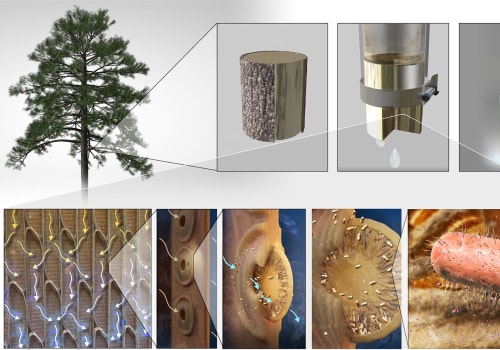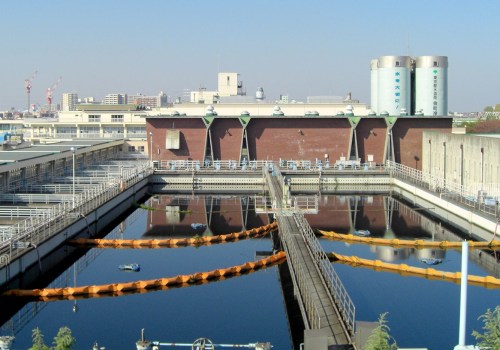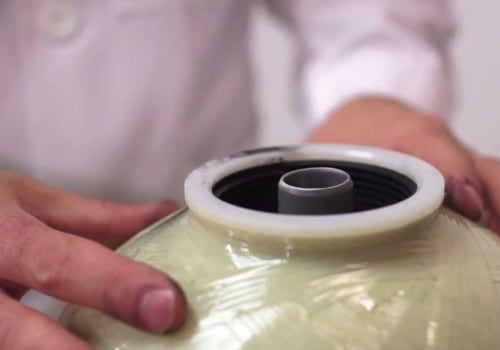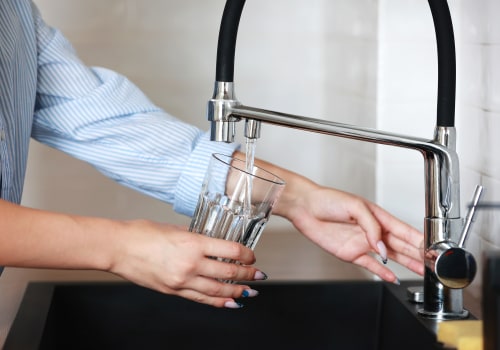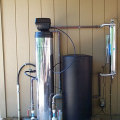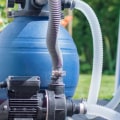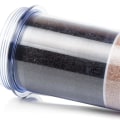When it comes to water system sanitation, two of the most popular methods are UV irradiation and ozone gas. Both of these methods have been tested and improved over the years, and have become the top choices for many water treatment applications. But what is the difference between them? Ozone gas is a powerful oxidizer that dissolves in water to kill microorganisms, destroy organic compounds that create chloramines, and break down existing chloramines by oxidation. This makes it a more effective method of sanitation compared to UV irradiation.
A study by China's National Key Research and Development Program showed that the degradation rate of ozone toxins was higher than that of UV irradiation by more than 11 percent. This is because, during ozonation, inorganic and organic compounds are oxidized, meaning that ozone can reduce the toxicity of pesticides and produce them better than UV irradiation. The ultimate goal of both UV rays and ozone is to achieve a cleaner and healthier pool, but the process by which that goal is achieved is different. Ozone is only effective when mixed with water in return lines, so it requires normal levels of chlorine to provide complete sanitation.
On the other hand, UV rays still require normal chlorine levels for complete water treatment throughout the pool. These dual-wavelength lamps are available from most UV suppliers, cost about the same as single-wavelength UV lamps, and can be designed in a single system to provide simultaneous UV and ozone water treatment. In my opinion, the use of UV rays and ozone should attract attention in many water treatment applications, both as standalone technologies and as an intentional combined disinfection duo, in the future. Fortunately, the atmosphere absorbs most of the third type: UV-C rays, the most energetic and the most dangerous of the three.
Combining UV rays and ozone in a single system design for aquatic installations seems to be a practical and promising approach, especially when viewed from the point of view of ROI. At first glance, it would seem that UV rays and ozone are a perfect combination if the implementation of such a water treatment solution is affordable and practical.
